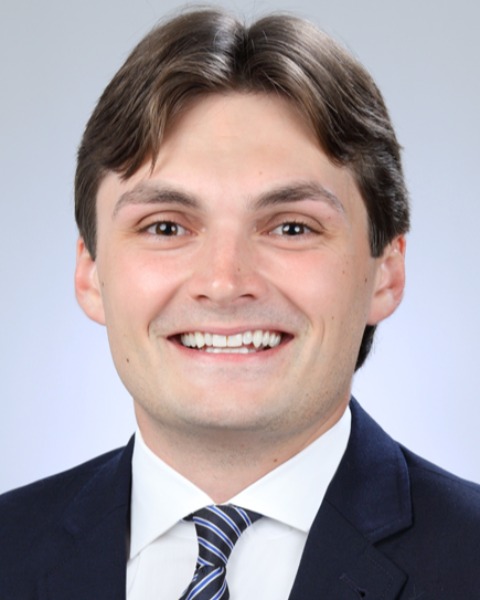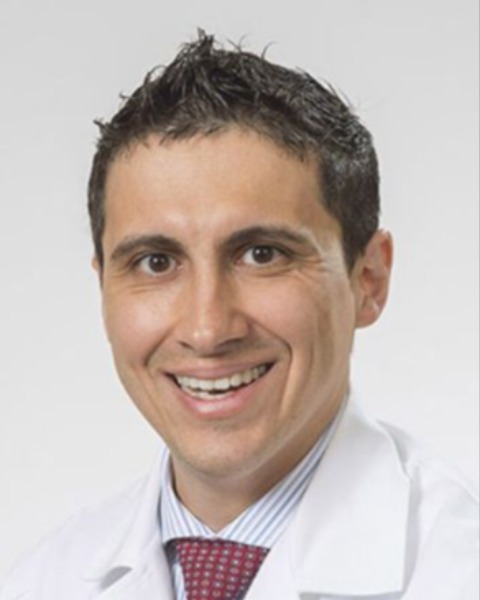SIR 2025
Interventional Oncology
Scientific Session
Utilization of Non-invasive Fibrosis Indices to Stratify MASH-HCC Progression Risk Following Liver Directed Therapy in BCLC A/B Patients

Alexander G. Troyer, MD
Medical Student
Ochsner Health System - - New Orleans, LA, United States- KN
Kelley Nunez, PhD
United States
- TS
Tyler Sandow, MD
Interventional Radiologist
Ochsner Health, United States 
Juan Gimenez, MD
Interventional Radiologist
Oschner Health, United States- AC
Ari Cohen, MD
Medical Director of Multi-Organ Transplant Institute
Multi-Organ Transplant Institute, Ochsner Health, New Orleans, LA, 70121, United States - PT
Paul Thevenot, PhD
Associate Professor
Ochsner Clinic Foundation, United States
Presenting Author(s)
Author/Co-author(s)
The global increase in metabolic disease has led to an increased incidence of steatotic liver disease (SLD) {1,2}. SLD is a risk factor for progression to cirrhosis and hepatocellular carcinoma (HCC). Non-invasive fibrosis scoring systems and underlying liver disease comorbidity may be essential in understanding SLD-HCC treatment response and outcomes. This study investigated non-invasive fibrosis indices and SLD comorbidities to determine the impact of response rates and progression risks in SLD-HCC following liver-directed therapy (LDT).
Materials and Methods:
The cohort consisted of patients with the primary cirrhosis etiology of SLD diagnosed with HCC at a single-system, multi-center health institution. All patients were retrospectively analyzed between 4/21/2016 and 8/15/2023. Study inclusion criteria were (i) non-resectable HCC, (ii) BCLC A-B, (iii) ECOG 0-1, and (iv) received LDT. LDT modalities included 90Y, DEB-TACE, MWA, or a combination of DEB-TACE and MWA. Non-invasive fibrosis indices used included the FIB-4, APRI, and NFS scores at their respective cutoffs {3-5}. SLD risk factors extracted from the EMR included obesity (BMI≥30.0), hyperlipidemia (HLD), type 2 diabetes mellitus (T2DM), fibrosis stage (F-stage), and hypertension (HTN). Time-to-progression (TTP) was defined as the time from LDT until progression beyond BCLC-B.
Results:
HCC progression risk did not differ between viral and SLD etiologies in a system-wide cohort containing all etiologies of HCC (n=435). A subset SLD-HCC-only cohort (n=210) was used to investigate the impact of SLD-risk factors and non-invasive fibrosis scoring on SLD-HCC outcomes. The cohort had a median age of 64 with 92% BCLC-A, 68% ECOG-0, and 79% with an AFP < 50 ng/mL at the time of HCC diagnosis. Based on chart review, 95% of SLD-HCC patients had F3-F4. Response rates following LDT were available for 184/210 patients. An objective response was achieved in 71% of SLD-HCC patients regardless of LDT modality. HCC progression for SLD-HCC patients following LDT was 10% and 14% at 6 and 12 months, respectively. Obesity, HTN, T2DM, or HLD did not stratify progression risk following LDT in SLD-HCC patients. However, progression risk was significantly higher in SLD-HCC patients with FIB-4 ≥ 3.48 (P=0.004) or APRI > 1.5 (P=0.017) at the time of treatment. NFS score did not stratify outcomes.
Conclusion:
In this single-system, multi-center health institution study, FIB-4 and APRI scores at time of LDT stratified SLD-HCC patients at risk of progression. These results provide a new strategy for predicting progression in SLD-HCC patients.


.jpg)